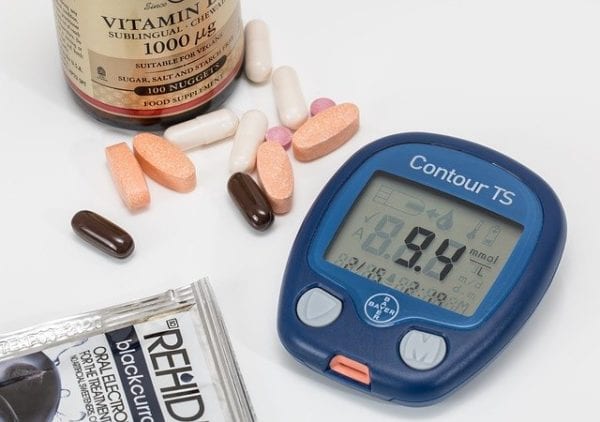I recently received a text from a friend about the use of oral semaglutide in a patient with diabetes. It is definitely exciting to have more options for patients, even though we know there will inevitably be insurance coverage hurdles to jump through. Here are a few things that you should remember about this first in class ORAL GLP-1 agonist.
Dosing
Oral Semalgutide dosing is pretty straightforward. As clinicians, we love that. 3 mg daily for 30 days, then titrate to 7 mg for at least 30 days, then up to the max dose if necessary which is 14 mg per day.
It is always nice to have once-daily dosing! The fewer doses of medication per day for our diabetes patients, the better. They already take enough medication.
I want you to be aware of one thing that I know will come up in practice. The 3 mg dose is NOT considered therapeutic. Here’s a couple of tips on this.
- Do NOT expect a substantial reduction in blood sugar in the first 30 days.
- In addition, do NOT give the false promise to patients that the 3 mg dose will bring down their Accucheck readings. Prepare them and educate them about this so they don’t discontinue in discouragement and you have to start the titration all over again wasting time, money, and negatively impacting the patient’s health.
Oral Semaglutide Conversion
If a patient is taking injectable semaglutide, there is a recommended conversion if you are going to switch to the oral product. This is convenient for the patient and practitioner as we don’t want to have to bother with discontinuation and dose titration if we don’t have to. If a patient is taking 0.5 mg subQ once weekly of injectable semaglutide, you should be able to switch them to oral semaglutide 7 mg or 14 mg daily.
Which dose you choose will likely depend upon the clinical situation. If the patient has a history of hypoglycemia and is on insulin or a sulfonylurea in addition to the GLP-1, you may want to lean more conservative. If they have very high blood sugars and hypoglycemia is unlikely, you may get more aggressive and go to the 14 mg dose. If they have had trouble with nausea in the past, that might be another reason to err on the lower dose side.
Administration of Oral Semaglutide
It is recommended to give oral semaglutide 30-60 minutes before food. Remember that the #1 side effect of all the GLP-1’s are GI adverse effects. There will be a temptation to want to give the oral dose right with a meal. Time to peak concentration for the oral agent is 1 hour and I suppose the trial was designed to have the concentrations at their highest when a patient begins to eat. Remember these drugs help target those post-prandial blood sugars. I cannot seem to identify any other rationale from the literature as to why 30-60 minutes before food. If anyone else knows that answer or where to find it, please leave a comment below!
In addition, bioavailability is very low from the oral tablet in comparison to subQ. SubQ has a bioavailability of 89% while the oral formulation is about 1%. This explains why the mg dose is so much higher for the oral dosage form compared to the once-weekly subQ dosage form.
Did I miss anything?
If you are looking for a deeper dive into GLP-1 agonists and how they work, adverse effects, and drug interactions, take a listen to this podcast.
- 30 medication mistakes PDF
- 18+ Page Drug Interaction PDF
- 10 Commandments of Polypharmacy Webinar based on my experiences in clinical practice



Perhaps given 30-60 mins AC is to slow gastric emptying helping increase satiety?
Good read! Thanks for the info!
awesoem information are here